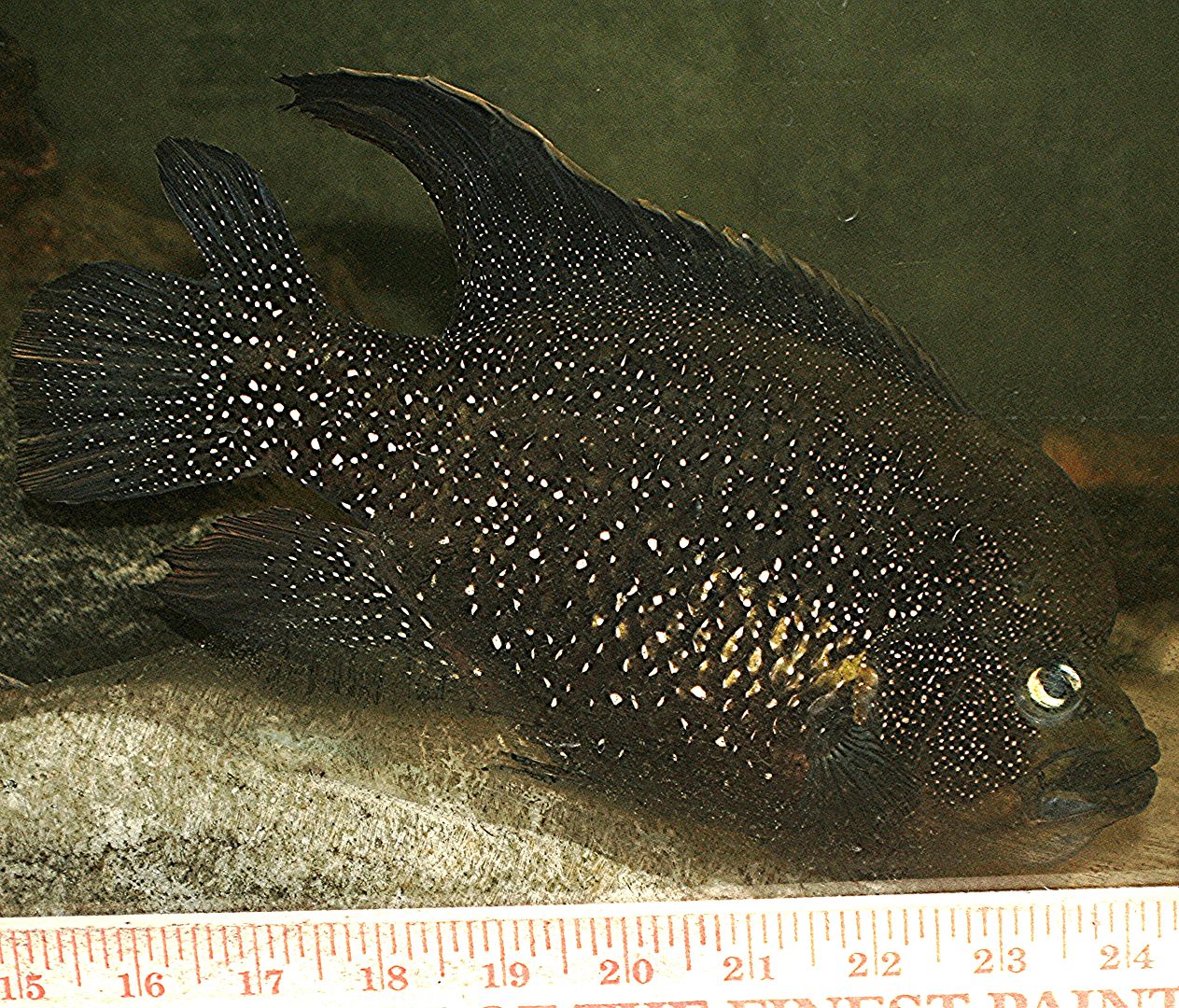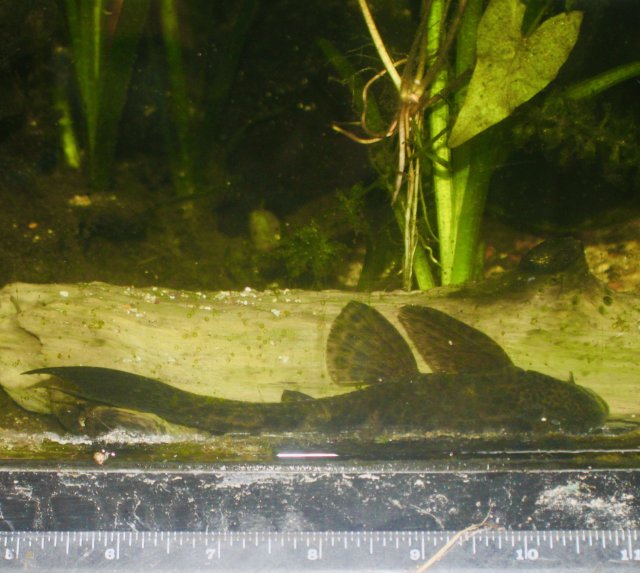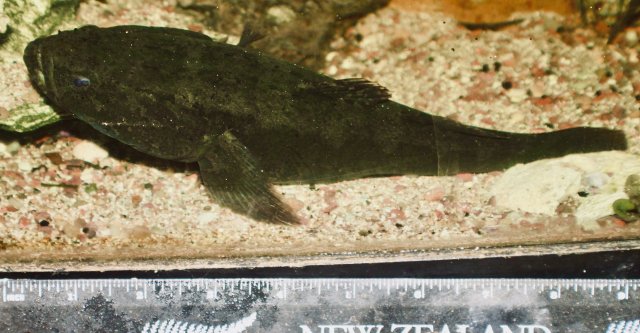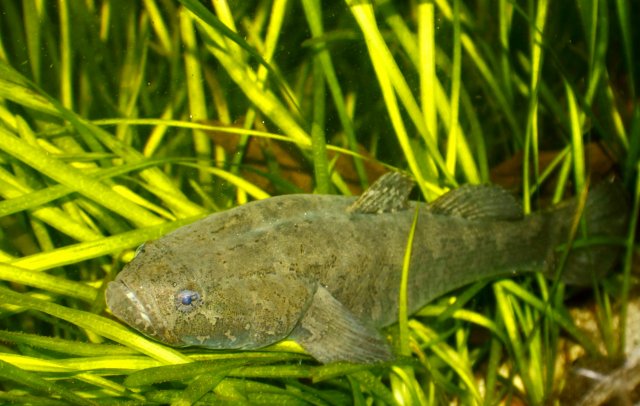Fish Size: Tail or No Tail
- Thread starter Bub
- Start date
You are using an out of date browser. It may not display this or other websites correctly.
You should upgrade or use an alternative browser.
You should upgrade or use an alternative browser.
From a fisheries perspective we always measured fish to the end of the caudal peduncle (where the tail starts). We did this because a lot of older wild fish have tail damage so measuring to the end of the tail may not yield an accurate measurement. (In particular I worked with Salmonids who dig redds and damage their tails doing so).
For aquarium fish, just measure the whole thing.
For aquarium fish, just measure the whole thing.
TL (Total Length) is from the mouth to end of tail and used by most sellers because it makes the fish sound larger.
SL (Standard Length) is from the mouth to the caudal peduncle and used to be the accepted form of measuring by hobbyists, but I’d say most people nowadays are using TL.
When I was selling discus a few years ago I went old-school and sold mine SL but most people were surprised to find bigger fish than they anticipated in the bags.
SL (Standard Length) is from the mouth to the caudal peduncle and used to be the accepted form of measuring by hobbyists, but I’d say most people nowadays are using TL.
When I was selling discus a few years ago I went old-school and sold mine SL but most people were surprised to find bigger fish than they anticipated in the bags.
For most aquaria conversation between hobbyists they’re usually referring to total length. Most fish farms and non vendor fish companies use standard length
It has been explained why one might measure without the tail but I wish to give a reason as to why one might measure with the tail.
Let’s say you’re looking to get a tank for 1 fish or build the tank around it, you find out the fish is said to grow to 12 inches. Let’s say you go with an 18 inch wide tank because you were informed it grows to 12 inches. It hits 12 inches then keeps on growing and doesn’t stop until 16 inches. Well, the body of the fish is 12 inches, yes, but the tail adds another 4 inches which wasn’t accounted for. Now you need a bigger tank.
*Take these following words with a grain of salt as I can not remember where I heard it.*
I have a hazy memory of reading somewhere that if a fish is kept in a tank not wide enough then they could constantly be holding their tail in such a way it causes it to be crooked in order to adapt to an environment that doesn’t give it the turning area it needs.
Can anyone confirm or deny what I said above?
Let’s say you’re looking to get a tank for 1 fish or build the tank around it, you find out the fish is said to grow to 12 inches. Let’s say you go with an 18 inch wide tank because you were informed it grows to 12 inches. It hits 12 inches then keeps on growing and doesn’t stop until 16 inches. Well, the body of the fish is 12 inches, yes, but the tail adds another 4 inches which wasn’t accounted for. Now you need a bigger tank.
*Take these following words with a grain of salt as I can not remember where I heard it.*
I have a hazy memory of reading somewhere that if a fish is kept in a tank not wide enough then they could constantly be holding their tail in such a way it causes it to be crooked in order to adapt to an environment that doesn’t give it the turning area it needs.
Can anyone confirm or deny what I said above?
It has been explained why one might measure without the tail but I wish to give a reason as to why one might measure with the tail.
Let’s say you’re looking to get a tank for 1 fish or build the tank around it, you find out the fish is said to grow to 12 inches. Let’s say you go with an 18 inch wide tank because you were informed it grows to 12 inches. It hits 12 inches then keeps on growing and doesn’t stop until 16 inches. Well, the body of the fish is 12 inches, yes, but the tail adds another 4 inches which wasn’t accounted for. Now you need a bigger tank.
That is why I think TL is important in our hobby.
I personally see SL as a fishing standard and not an aquarist standard.
Some online sellers with good intensions, I think go with SL. I have never asked but they would rather have the fish bigger than a customer expects. Most people aren't disappointed if a bit larger.
Added: If the slight difference makes a tank difference then you probably should not have gotten the fish to begin with.
Added: If the slight difference makes a tank difference then you probably should not have gotten the fish to begin with.
How do you determine the TL of a live fish is not easy. They don’t stay still and few people want to stress their fish by netting them out for the measurement. So I hear many overestimation of their pet fish while, usually, underestimating their juvenile fish. How do you determine the length of your fish?
I put a yardstick, or ruler along the bottom rim, and try to grab a quick photo, when the opportune moment arrives
Herichtys carpintus below


Paratilapia above,
a Panamanian Pleco below


and an Eleotris goby above.
Since its more informational, and often spur of the moment, I'm a little less concerned than normal about getting focus on the fish, and might edit light to make the numbers of the ruler readable.

Herichtys carpintus below


Paratilapia above,
a Panamanian Pleco below


and an Eleotris goby above.
Since its more informational, and often spur of the moment, I'm a little less concerned than normal about getting focus on the fish, and might edit light to make the numbers of the ruler readable.



